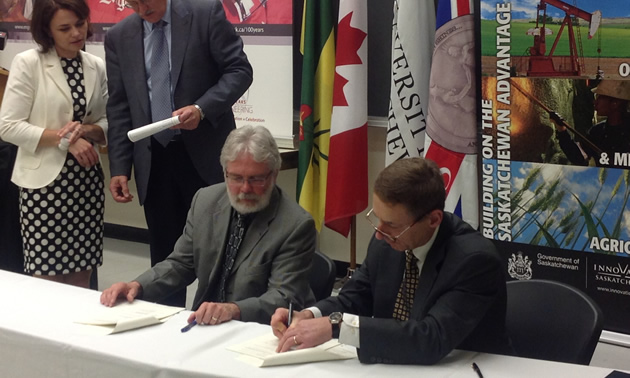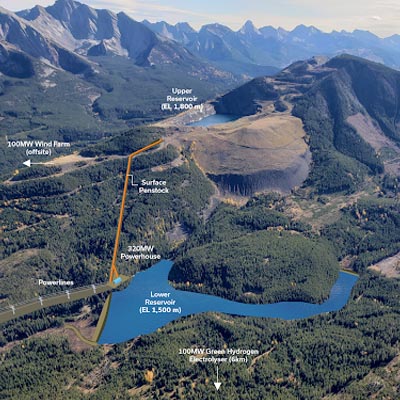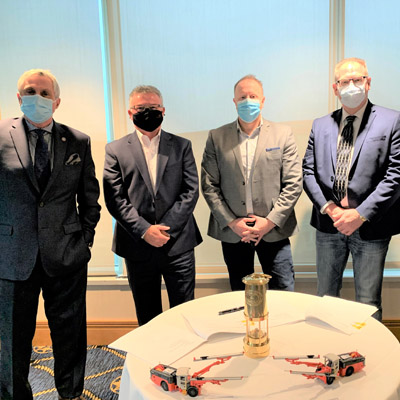The University of Saskatchewan and IMII announce innovative funding agreement
On June 24, industry and government came together to sign an agreement which will create mining options for engineering students
An exciting and innovative funding agreement is about to create a lot of opportunities for post-secondary students in Saskatchewan. On June 23, 2013, the University of Saskatchewan (U of S) and the International Minerals Innovation Institute (IMII) announced a $1.67-million funding agreement to develop and deliver five additional mining courses and the creation of three new undergraduate mining options in geological, mechanical and chemical engineering.
Rodney Orr is the executive director of IMII, a relatively new institution. IMII started last year and basically serves as the intersection between the minerals industry, the province of Saskatchewan and all the post-secondary and research institutions in the province that constitue its members.
Currently, IMII 's industry members include PotashCorp, The Mosaic Company, Cameco, BHP Billiton and other major potash players in the province. Most of the post-secondary institutions in the province are also members including U of S, the University of Regina, the Saskatchewan Institute for Applied Science and Technology and a number of junior colleges. The Saskatchewan Mining Association and the Saskatchewan Resource Council also call themselves members.
Orr expects this funding agreement will be the first of many.
"This agreement will allow us to get a number of courses organized within the chemical, mechanical and geological engineering programs that U of S offers currently," said Orr. "But these are specifically for mining operations. So students who enter geological engineering can take a mine option and graduate with a major in mining. It's not exactly a mining degree but that would be the next step. We hope the university will work with this to start a bachelor of engineering program as well."
The funding comes at a key time for the industry in Saskatchewan. According to Orr, there is a great demand for highly qualified people in Saskatchewan at this time.
"There's $40 to $50 billion worth of announced expansions or new projects within the province right now," said Orr. "So there is a great shortage of skilled people. This is a unique agreement in that the industry is actually co-funding education programs with the province. Normally it is a provincial obligation but because the need is so great here, Saskatchewan industry is co-funding."
The three-year funding agreement is among Saskatchewan’s minerals industry, the Government of Saskatchewan and the College of Engineering at the University of Saskatchewan. IMII’s role is to work with industry members to identify critical needs and then, with its partners, to facilitate program delivery using funds from industry and the province.
According to Orr, the university will use the funding to recruit three new faculty members who specialize in mining engineering, to invest in mining engineering technology and to develop undergraduate and post-graduate programming that will build capacity for skilled mining professionals in the province.
"Being the first agreement for IMII, it is a milestone for us," said Orr. "It demonstrates to our industry members how their immediate needs can be addressed but also, in the longer term, we are advancing skill development in the province specific to industry-identified needs for current ongoing operations. It is a great achievement for the mineral industry and for IMII to work with the province and post-secondary institutions to come up with a solution for them."
Another objective of the agreement is for U of S to explore course development and delivery with the Saskatchewan Institute for Applied Science and Technology and define pathways for graduates from technical schools to enter mining engineering programs at the U of S.
In addition to the U of S and IMII funding agreement, Innovation Saskatchewan also announced an additional $1.2 million funding from the province to IMII.





